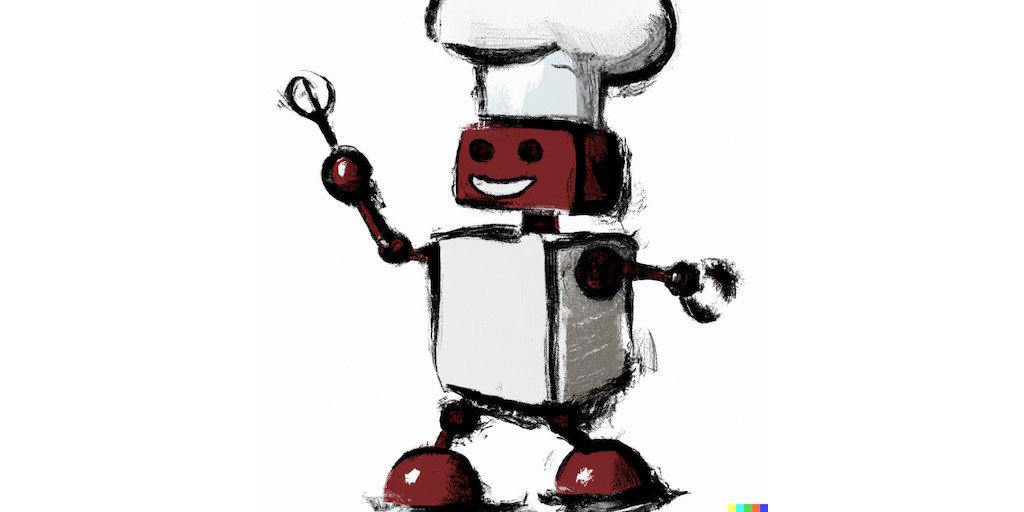Turning the Tables on ChatGPT
Mastering the Art of AI Conversation

The potential of artificial intelligence (AI) has never been more palpable than when conversing with ChatGPT, an advanced language model developed by OpenAI. A casual exchange can lead to intriguing insights, amusing quips, and even instances that leave you awe-struck. No doubt, conversing with ChatGPT can be enjoyable and enlightening, and in many instances, highly practical.
For example, if you find yourself contemplating the age-old question, "What should I cook for dinner?" you might turn to ChatGPT with something like:
Dear ChatGPT – I have 2 eggs, an onion, 1 pound of ground beef, an eggplant, and various condiments in my kitchen. What’s a tasty meal I can prepare in 30 minutes or less in one pan?
And ChatGPT, ever the ready sous-chef, will whip up a response, detailing an easy and mouth-watering Eggplant and Ground Beef Skillet recipe.
Yet, while interacting with ChatGPT can be straightforward and fun, harnessing its full potential requires a shift in perspective. To truly integrate ChatGPT into your everyday productivity arsenal, you must effectively guide the AI, by providing context and structure. One might compare it to orienting a keen, albeit sometimes overeager, intern. Clear instructions and explicit guidelines are the way to go.
However, what if we could take this a step further? What if, instead of simply receiving responses from ChatGPT, we could make it an active participant in a dynamic dialog? What if ChatGPT could ask us questions?
Let's dive into an illustrative example. I’m going to stay with our recipe motif, but the process I’m about to describe is broadly applicable to many ChatGPT interactions, and I’ll summarize that process at the end.